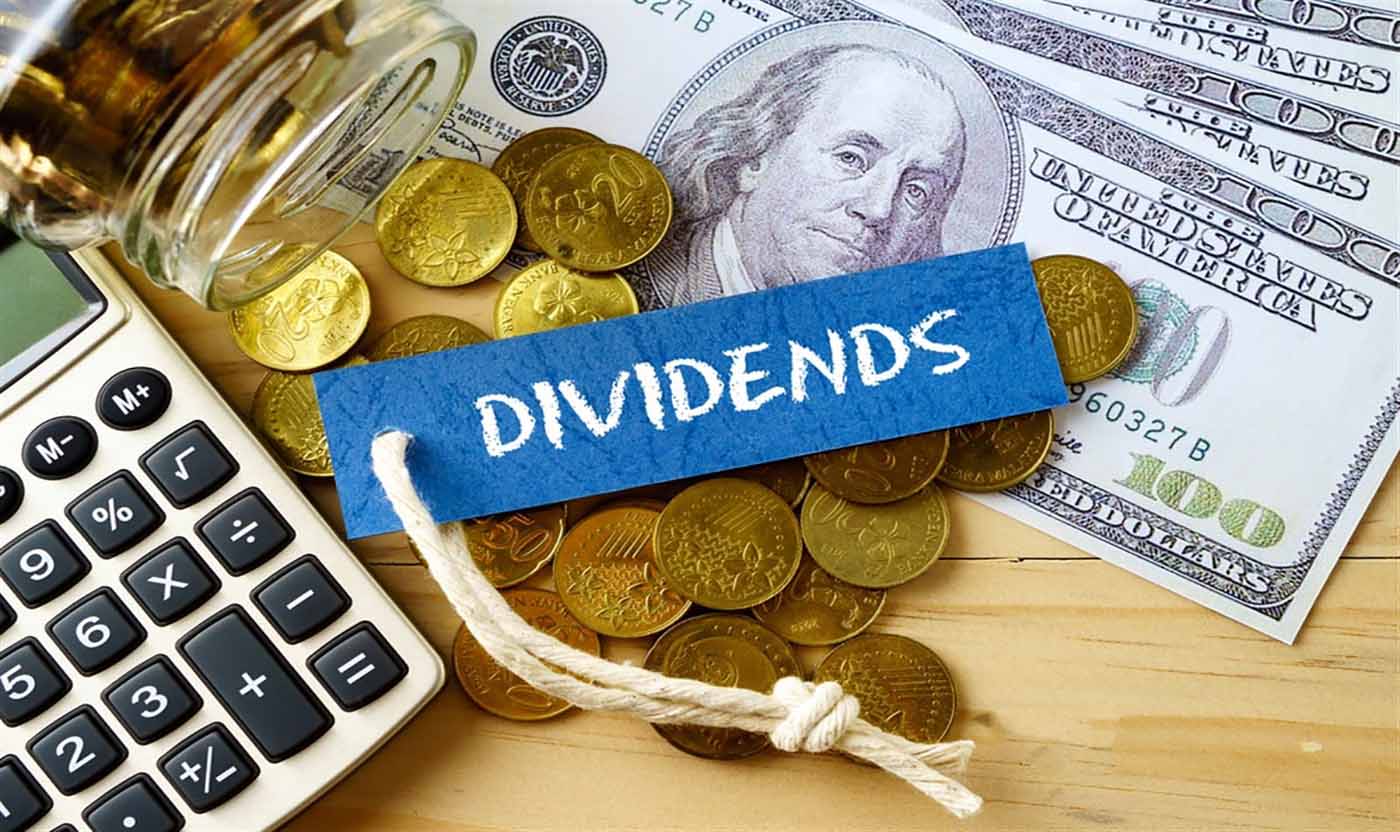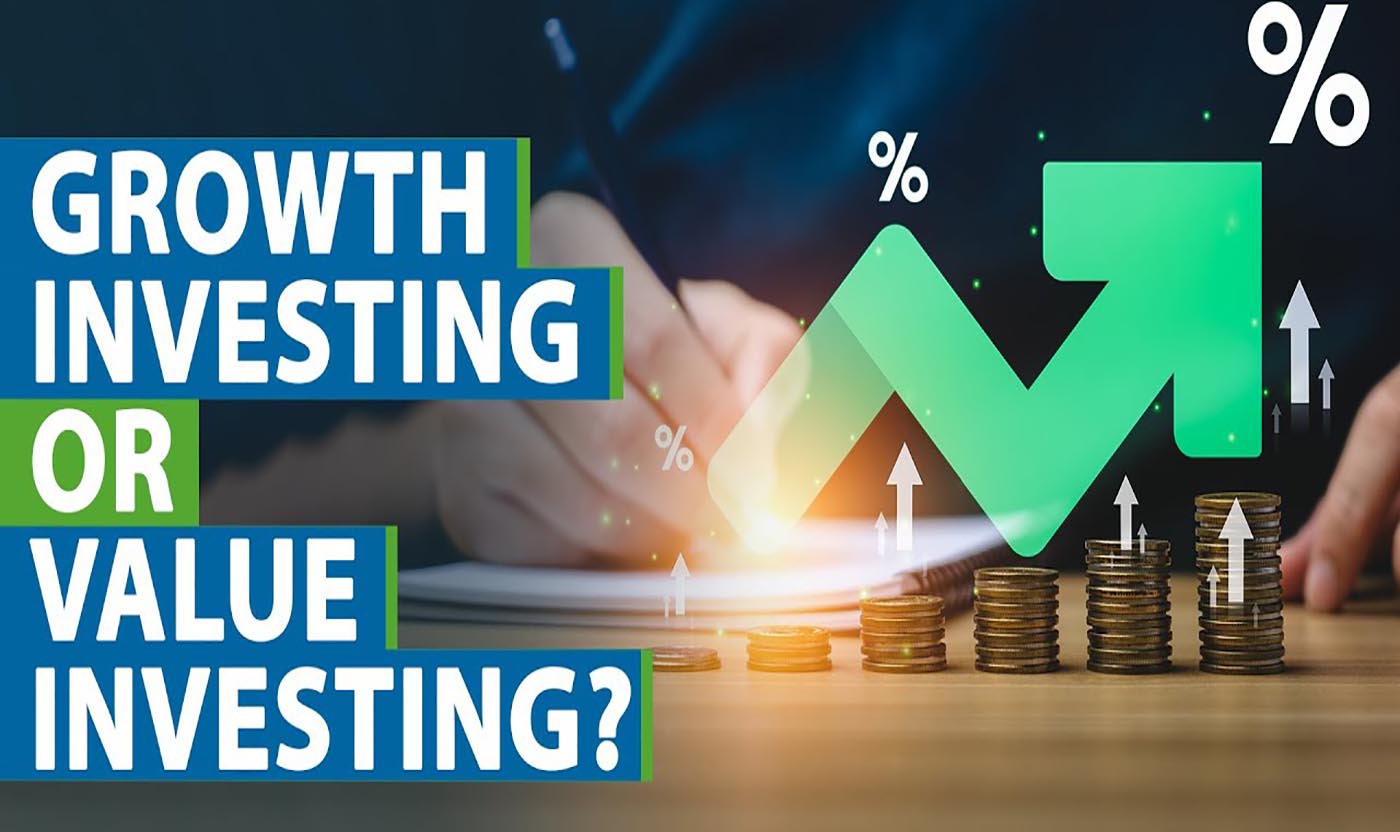As we enter 2025, the landscape for investing in mutual funds, exchange-traded funds (ETFs), and other fund-based strategies has shifted dramatically. With rising inflation rates, market volatility, and the ever-changing dynamics of global economies, selecting the right fund investment strategy can feel like navigating a maze. Yet, the core principles of smart fund investing remain the same: diversify, understand your risk tolerance, and align your investments with your long-term financial goals.
In this article, I’ll walk you through how to choose the right fund investment strategy that aligns with your financial aspirations. I’ll explore various types of funds, discuss the factors to consider when making your selection, and provide actionable advice on how to build a diversified portfolio that will weather the ups and downs of today’s markets.
1. Understand the Types of Funds Available
Before diving into choosing the right investment strategy, it’s crucial to understand the different types of funds available. Each fund comes with its own set of advantages and risks, so knowing what each type entails will allow you to select the best one for your financial objectives.
Mutual Funds
Mutual funds pool money from multiple investors to invest in a diversified portfolio of stocks, bonds, or other securities. The main advantage of mutual funds is that they provide access to a broad range of assets, managed by professional portfolio managers.
Pros of Mutual Funds:
- Active Management: A professional manager is constantly monitoring and adjusting the fund to maximize returns.
- Diversification: By pooling resources, investors gain exposure to a wide variety of assets, which helps mitigate individual investment risks.
- Convenience: Investors don’t need to spend time selecting individual stocks or bonds.
Cons of Mutual Funds:
- Management Fees: Actively managed mutual funds can have higher fees than passive funds, which can eat into long-term returns.
- Less Control: You’re entrusting a fund manager with the decision-making process, which means you have less control over specific investments.
For more in-depth mutual fund analysis, I recommend checking out Morningstar or Yahoo Finance, where you can find detailed breakdowns of fund performance, fees, and management.

Exchange-Traded Funds (ETFs)
ETFs are similar to mutual funds in that they pool money from investors to invest in various assets, but they are traded on exchanges like individual stocks. This means you can buy or sell them throughout the day, providing liquidity that mutual funds do not.
Pros of ETFs:
- Lower Fees: ETFs typically have lower management fees than mutual funds, especially those that track an index.
- Liquidity: Since ETFs trade like stocks, they offer more flexibility and can be sold at any time during market hours.
- Diversification: Like mutual funds, ETFs provide exposure to a broad basket of assets, helping investors spread out risk.
Cons of ETFs:
- Potential for Overtrading: Because ETFs can be bought and sold throughout the day, some investors may be tempted to trade too frequently, incurring unnecessary costs.
- Tracking Error: Some ETFs, particularly those that are actively managed, may not perfectly track the index they’re supposed to follow.
Investopedia offers excellent educational resources on ETFs, which can help you understand the different types and how to select the right ones for your portfolio.
Index Funds
Index funds are a type of mutual fund or ETF that track a specific market index, like the S&P 500 or the Nasdaq-100. These funds are passively managed, meaning they don’t require a fund manager to make decisions. Instead, they simply aim to mirror the performance of the chosen index.
Pros of Index Funds:
- Low Fees: Since index funds are passively managed, they generally have lower fees than actively managed funds.
- Consistency: These funds provide a reliable way to track market performance over the long term.
- Diversification: By tracking an entire index, investors gain exposure to a wide variety of companies across different sectors.
Cons of Index Funds:
- Limited Upside: While index funds track the market, they won’t outperform the market. If the index underperforms, so will the fund.
- Lack of Flexibility: Index funds are rigid in their structure and won’t allow for significant adjustments based on changing market conditions.
For a more hands-off investment strategy, Vanguard and BlackRock’s iShares offer some of the best low-cost index funds available today.
Target-Date Funds
Target-date funds (TDFs) are designed for investors with a specific retirement target in mind. These funds automatically adjust their asset allocation to become more conservative as the target date approaches. They are typically composed of a mix of stocks, bonds, and other assets, with the stock portion gradually decreasing over time.
Pros of Target-Date Funds:
- Automatic Adjustments: TDFs adjust their allocation automatically, so investors don’t need to constantly monitor or adjust their portfolios.
- Simplicity: They’re great for beginners or those who prefer a passive investment strategy.
- Diversification: Like other fund types, TDFs provide instant diversification across multiple asset classes.
Cons of Target-Date Funds:
- One-Size-Fits-All: TDFs are designed for a general audience, so their allocations may not suit everyone’s individual risk preferences.
- Fees: While lower than actively managed funds, TDFs may still have management fees that could be considered high for some investors.
If you’re considering a TDF for retirement, companies like Fidelity and T. Rowe Price provide a wide variety of these funds, with clear explanations of each fund’s investment approach.
2. Key Factors to Consider When Choosing a Fund Investment Strategy
Now that you have an understanding of the main types of funds, let’s talk about how to choose the one that fits your needs. When selecting a fund investment strategy, it’s important to consider several factors to ensure it aligns with your goals, risk tolerance, and time horizon.
Your Financial Goals
The first step in selecting a fund strategy is to define your financial goals. Are you investing for retirement, a down payment on a house, or perhaps education? The time frame and purpose of your investments will play a significant role in the type of fund you choose.
- For long-term goals like retirement, funds with higher equity exposure (such as mutual funds or ETFs focused on growth stocks) might be appropriate.
- For short- to medium-term goals, you might prefer more conservative funds with a higher allocation to bonds or dividend-paying stocks.
Risk Tolerance
Understanding your risk tolerance is crucial when selecting a fund. Are you comfortable with market fluctuations, or do you prefer a more stable, predictable return? Risk tolerance can range from conservative to aggressive, and choosing the right fund will help you stay aligned with your personal comfort zone.
- Conservative investors might opt for bond funds or target-date funds with more emphasis on fixed-income assets.
- Aggressive investors with higher risk tolerance might prefer growth-oriented mutual funds or sector-specific ETFs focused on industries like technology or biotech.
A good resource for assessing risk tolerance is Vanguard’s Risk Questionnaire, which helps investors gauge their comfort level with volatility and make informed investment decisions.
Fund Fees and Costs
When investing in funds, you should always be aware of the fees and costs associated with each fund. Fees can vary widely depending on the fund’s management style, and even small differences in fees can add up over time.
- Expense Ratios: This is the annual fee charged by a fund for managing its investments. Index funds and ETFs generally have lower expense ratios than actively managed funds.
- Sales Loads: Some mutual funds charge sales loads, which are fees paid when you buy or sell shares of the fund. These can be a significant deterrent if you’re not planning to hold the fund long-term.
Websites like Morningstar provide detailed breakdowns of fund costs, allowing you to compare different funds and identify those with the most favorable fee structures.
Performance History
While past performance is no guarantee of future results, it’s helpful to look at a fund’s historical performance as an indicator of how it has performed relative to its peers or benchmark index. Funds that have consistently outperformed their benchmarks may be managed by strong portfolio managers who have made smart investment decisions in the past.
When evaluating performance, make sure to assess long-term trends, as short-term performance can be influenced by market volatility.
3. How to Build a Diversified Fund Portfolio
Once you’ve chosen the types of funds that align with your goals and risk tolerance, it’s time to build a diversified portfolio. Diversification is key to managing risk while maximizing returns, and the good news is that funds themselves offer built-in diversification.

Mix and Match Fund Types
For a truly diversified portfolio, you should consider mixing different types of funds:
- Combine stock funds with bond funds for a balanced portfolio.
- Include international funds to get exposure to global markets.
- Add sector funds to target specific industries that are poised for growth, such as renewable energy or technology.
Use Target-Date Funds for Simplicity
If you’re new to investing or want a more passive approach, target-date funds can offer a ready-made diversified strategy, automatically adjusting your risk profile as you approach your goal.
Take Action and Invest for Your Future
The key to selecting the right fund strategy is understanding your financial goals, risk tolerance, and investment time horizon. With the wealth of options available today, from mutual funds and ETFs to index funds and target-date funds, there’s no one-size-fits-all solution.
As we approach 2025, it’s important to stay informed by regularly reviewing your portfolio, checking resources like Morningstar, Seeking Alpha, and Yahoo Finance for market updates, and making adjustments as necessary to stay on track. Diversify your investments, keep costs low, and take a long-term view, and you’ll be well-positioned to succeed.



